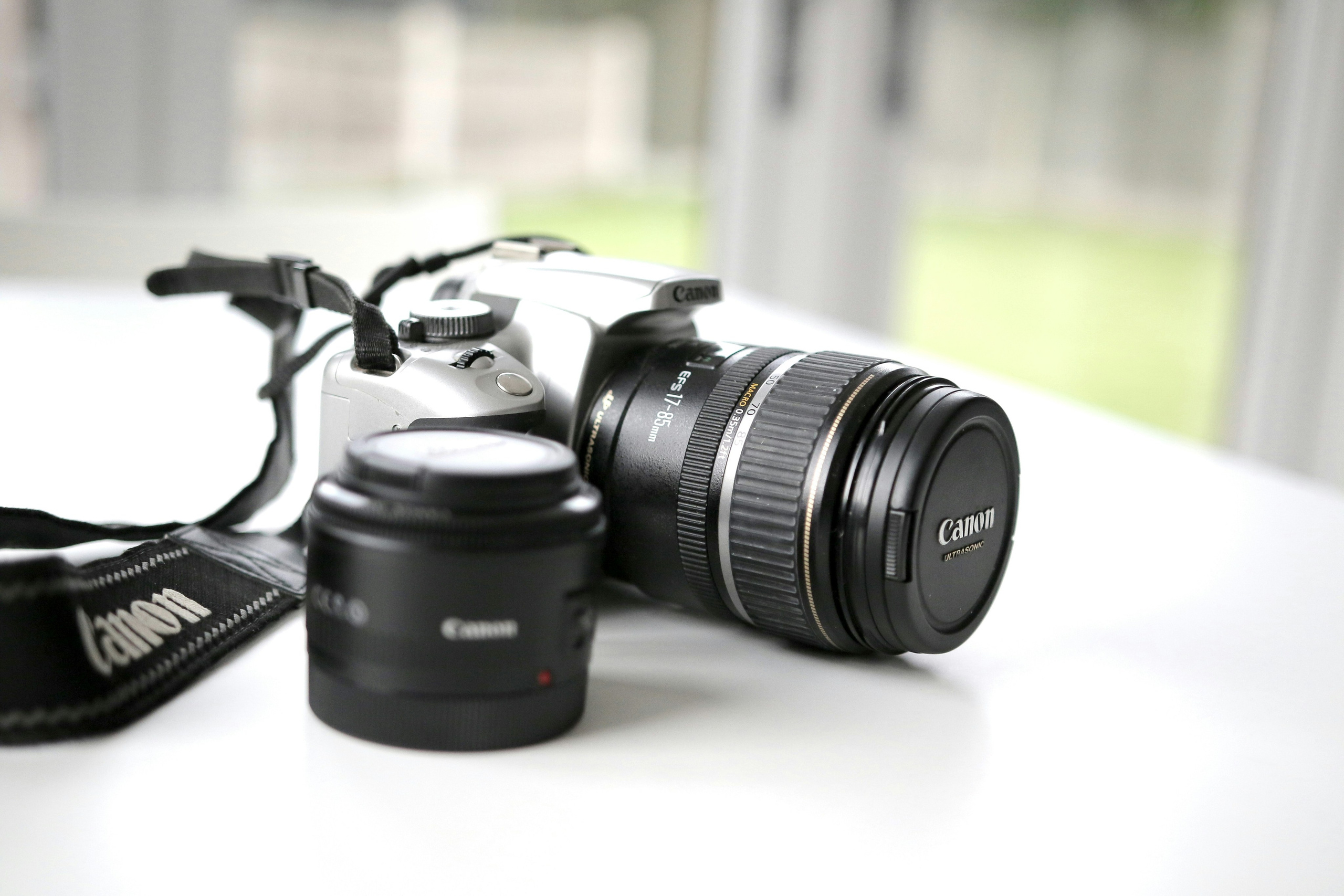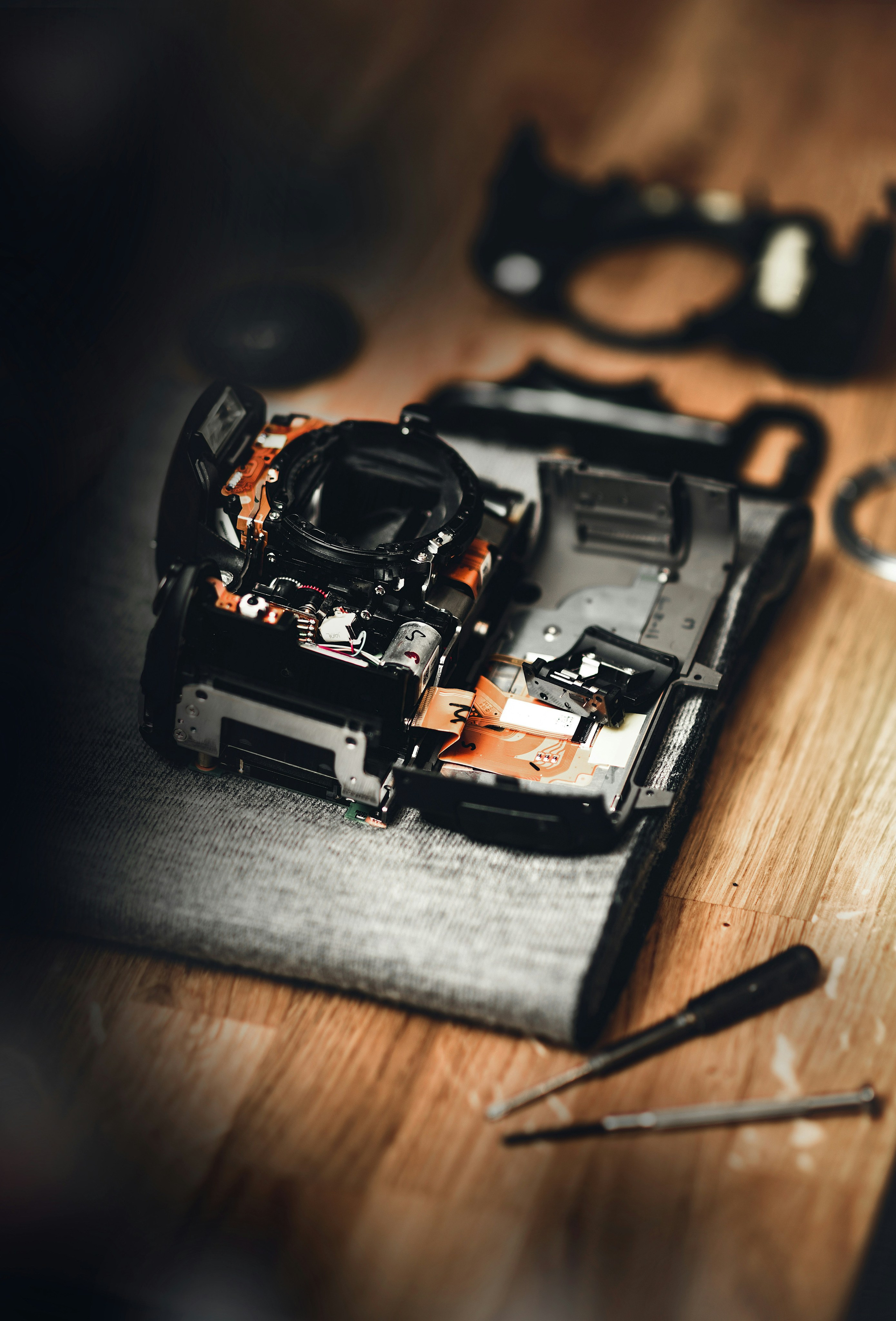As professional photographers, the images we capture are not just photos but treasured moments for our clients and artistic creations for us. Ensuring these images are safely stored and easily accessible is a critical part of our workflow. Memory cards, while a fantastic tool for storing photos, can sometimes lead to unexpected data loss if not handled properly. In this article, we will explore some essential tips and best practices to prevent data loss on memory cards and effectively protect photos.

Understanding the Causes of Photo Loss
Before diving into solutions, it’s crucial to understand the potential causes of photo loss from memory cards. Knowing these risks can help you take the necessary steps to mitigate them.

- Physical Damage. Memory cards are small and fragile, making them susceptible to physical damage. They can easily break if bent or dropped, and exposure to extreme temperatures can also harm their internal components. Professional photographers must handle these cards with care to avoid accidental damage that can result in data loss.
- Formatting and File Errors. Accidental formatting or errors during file transfers can lead to photo loss. This typically happens when photographers inadvertently format a card or remove it during data writing. Ensuring that you understand the formatting process and its implications is vital for maintaining data integrity.
- Corrupted Files. Corrupted files can occur due to improper card usage, such as inserting the card into multiple devices without formatting or removing it during data transfer. Corrupted files become inaccessible and may cause entire sets of images to be lost.
- Overuse of Memory Cards. While memory cards are durable, excessive use over time can lead to wear and tear, increasing the likelihood of data corruption. Consistently reusing the same cards without monitoring their condition can result in unexpected data loss during critical shoots.
-
Poor Quality Card Readers. Using poor quality or malfunctioning card readers can also lead to card failure. These readers might not handle the cards properly, causing data corruption or complete card failure. It’s essential to invest in reliable card readers to ensure safe and efficient data transfers.
Best Practices for Preventing Photo Loss
Implementing best practices is key to avoiding photo loss from memory cards. Here are some expert tips to help you protect photos and maintain the integrity of your work.
- Invest in High-Quality Memory Cards. Choosing high-quality memory cards from reputable brands is essential for professional photographers. These cards offer better reliability, faster read/write speeds, and higher durability. Opt for cards with a high capacity to minimize the need for frequent card changes during shoots.
- Handle Cards with Care. Proper handling of memory cards can significantly reduce the risk of physical damage. Always hold the card by its edges, avoiding contact with the metal contacts. Store cards in protective cases when not in use and keep them away from direct sunlight, moisture, and extreme temperatures.
- Regularly Back Up Your Photos. Backing up your photos is one of the most effective ways to prevent data loss on memory cards. Develop a routine for transferring your images to a computer or external hard drive immediately after a shoot. Consider using cloud storage solutions for an additional layer of security, ensuring your photos are safe even if physical storage fails.
- Format Cards in the Camera. To avoid formatting errors and ensure compatibility, always format your memory cards in the camera you intend to use. This process optimizes the card for that specific device, reducing the risk of data corruption.
- Avoid Deleting Files on the Camera. Deleting files directly on the camera can lead to file fragmentation and corruption. Instead, transfer the files to a computer, where you can safely delete unwanted photos. This practice helps prevent accidental deletion of important files.
- Eject Cards Safely. When removing a memory card from a camera or computer, always use the “eject” or “safely remove” option. This ensures all data is properly written and prevents corruption caused by premature removal.
- Advanced Strategies for Data Protection. In addition to the basic practices mentioned above, there are advanced strategies you can employ to further safeguard your photos.
- Enable Write Protection. Some memory cards come with a write protection switch that prevents accidental deletion or formatting. Utilizing this feature adds an extra layer of security, ensuring that your data remains intact during critical shoots.
- Duplicate Recordings on Two Cards. Many professional cameras offer the option to record photos simultaneously on two memory cards. By enabling this feature, you create an automatic backup during the photoshoot. If one card fails, the second card still contains all your images, significantly reducing the risk of data loss.
- Monitor Card Health. Regularly check the health of your memory cards using diagnostic tools or software provided by the manufacturer. Identifying potential issues early can prevent catastrophic data loss.
- Keep Software Updated. Ensure that your camera’s firmware and computer’s operating system are up to date. Software updates often include bug fixes and improvements that enhance data stability and prevent photo loss.
- Utilize Antivirus Software. Protect your devices with reliable antivirus software to prevent virus and malware attacks. Regularly scan your computer and memory cards to ensure they are free from threats that could compromise your photos.
Safeguarding your images is crucial as a professional photographer. By implementing the tips and best practices outlined, you can greatly reduce the risk of losing your photos. Prevention is key, from careful handling of memory cards to regular backups. However, if you do experience data loss, stop using the card immediately to avoid overwriting files.
Use recovery software like DiskDrill or seek professional help if necessary. Learning from these situations will help you strengthen your data protection strategies, ensuring your work remains secure.
Explore My Photoshoot Portfolio

Relaxed Love
A loving couple eagerly awaits their baby’s arrival. Click to see more tender moments from this photoshoot.

Home Awaiting
A couple shares a quiet moment at home with their dogs. Click to view more moments from this cozy photoshoot.

Family Joy
A little girl’s smile shines as her parents enjoy a tender moment. Click to explore the warmth of this photoshoot.
Get Expert Help to Protect Your Photos
Need more help or personalized advice on preventing photo loss? Fill out the form below, and we’ll be happy to assist you! 📸✨



